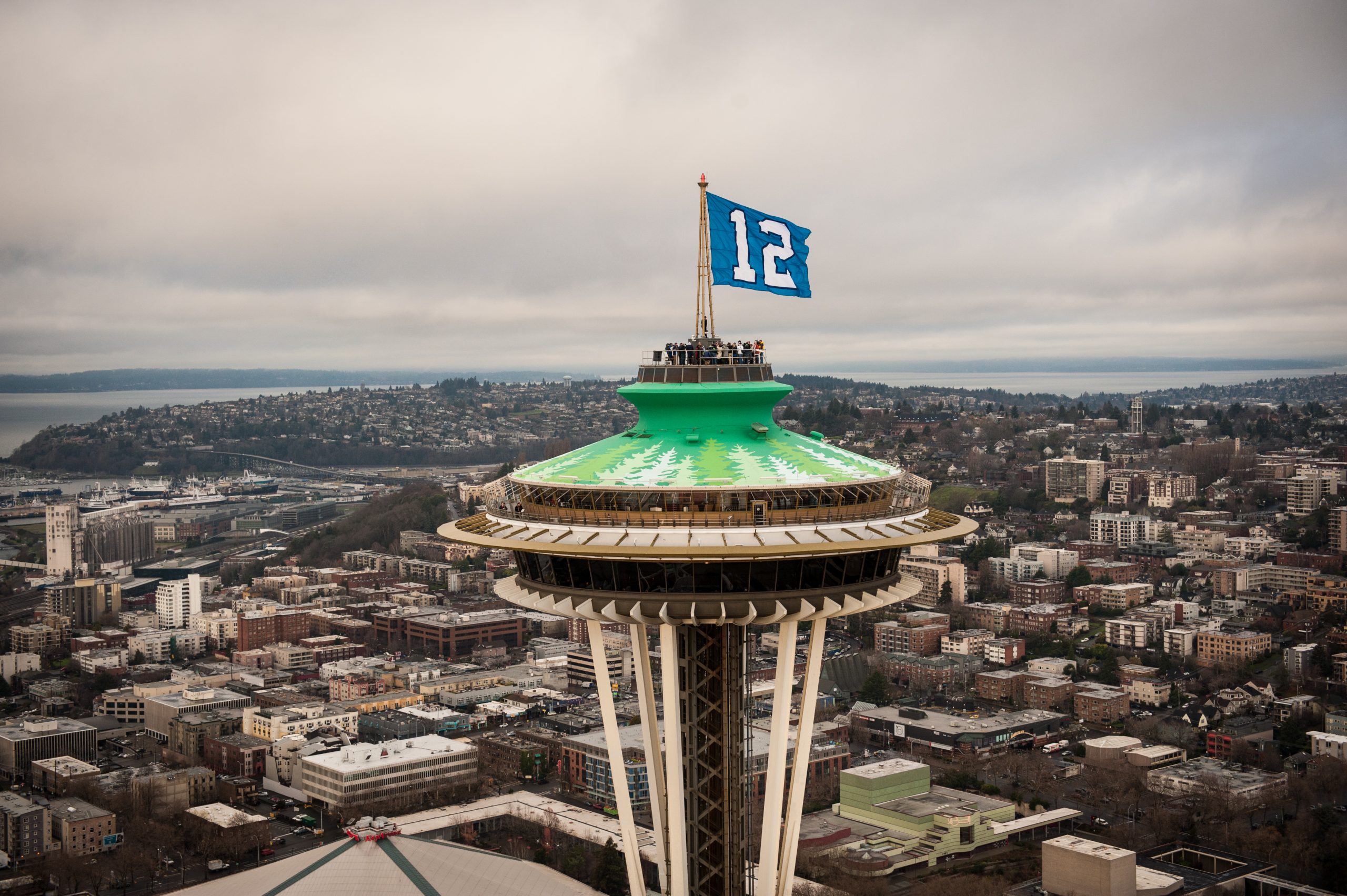Not all pass rush success is equal. For the sake of simplicity, let’s break it into two categories: blitz and base. A blitz is when the defense brings five or more pass rushers on a given play. The extra pass rusher could be a linebacker, a cornerback, a safety. It does not matter what position they are. If there are more than four guys rushing the quarterback, it is a blitz. Base defense is usually meant to describe a standard group of players on the field for the defense, as opposed to nickel, dime, or other. I will use it here to describe a standard four-man pass rush.
Pressuring the quarterback via blitzes is far inferior to doing so with a base defense. Sending an extra defender–or more–after the quarterback means there is one less player defending the pass. Veteran quarterbacks will often recognize the blitz, and have an easy completion to a receiver that would have otherwise been covered by the blitzing player. That is why you will regularly see a throw go to the same side the blitz is coming from. The blitzer vacates a space. The quarterback throws to that space.
Pressure from a base defense is gold. The NY Giants were the latest team to show how valuable pressure from a four-man pass rush can be. Not only does this allow a team to keep more defenders back in coverage–which also increases the time it takes quarterback to find a receiver and increase the chances the quarterback is sacked–it also means the quarterback is potentially under duress on every single snap. Many teams have pressure packages they install on 3rd down, or obvious pass plays, but the real value is not having to dial up pressure. The Giants had it even better since they could create pressure on the edge with a guy like Osi Umenyiora, and swing guys like Jason Pierre-Paul inside to attack the quarterback up the middle. Quarterbacks are taught to step up in a pocket to elude edge pressure. If a team can create pressure up the middle, it makes things exceedingly difficult for quarterbacks to make a play.
That was the idea when John Schneider and Pete Carroll brought in Bruce Irvin and Jason Jones, and signed Clemons to an extension. All these moves were with an eye on the pass rush. They had edge rushers and interior rushers in the mix. This was to be a huge difference in how an already great defense played. That has not materialized so far.
Irvin has looked very good in practice at times, but has been almost completely absent in the games. Jones played in one game and looked pretty good, but mostly against the run. Clemons has not been heard from. The best pass pressure so far has come from a guy like Greg Scruggs against 3rd team opponents. Jaye Howard had a very nice game against the Broncos as well.
Coaches will say they are not game-planning for the pre-season. That is true, but that implies a game plan is needed to create pressure. If an individual pass rusher can beat a lineman for a sack, they don’t need help from a game plan. When DeMarcus Ware came into play the Seahawks during the pre-season a few years back during his rookie year, he wreaked havoc. Matt Hasselbeck just referred to him by his number, but he sure knew that number before the game was over. We have yet to see that from Irvin, or anyone else.
This does not mean the Seahawks pass rush will be bad this year. It might be far more productive than last season. In fact, getting players like K.J. Wright, Kam Chancellor, or other speedy linebackers involved could be terrific. An increase in sacks, though, does not mean the team reaching the level of pressure from base defense that translates into championship-level pass rush.
Clemons is a veteran. He may be coasting in pre-season. Irvin is a raw rookie that may just need some time to develop. Jones really has not been on the field enough to say he has been a disappointment yet. Great individual pass rushers, though, are irrepressible. They eat quarterbacks, even if it is just a pre-season hors d’oeuvres.
Everyone will (rightly) be watching Russell Wilson in his first start on Friday, but don’t miss what may be even a more important audition on the defensive side of the ball.
